-
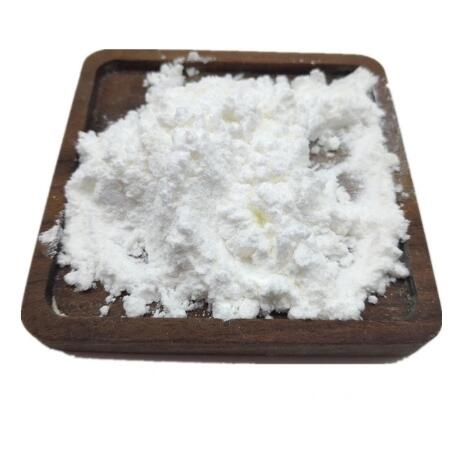
Sodium dodecyl sulfate CAS:151-21-3
Sodium dodecyl sulfate (SDS) is a commonly used anionic surfactant that is used in various industries and research applications. It is a white solid or powder that is soluble in water and forms a strong, stable foam when agitated. SDS is known for its ability to solubilize and denature proteins, making it useful in protein extraction, purification, and electrophoresis techniques. Additionally, SDS is widely used as a detergent in household and personal care products, as well as in industrial cleaning applications. It is also a key ingredient in many biochemical and molecular biology experiments, where it is used for cell lysis, DNA isolation, and as a denaturing agent in gel electrophoresis.
-

4-Nitrophenyl-alpha-L-fucopyranoside CAS:10231-84-2
4-Nitrophenyl-alpha-L-fucopyranoside is a chemical compound that belongs to the family of glycosides. It consists of a fucose sugar molecule attached to a 4-nitrophenyl group. This compound is commonly used as a substrate in enzymatic assays to study the activity of fucosidases, which are enzymes involved in the breakdown of fucose-containing molecules. When acted upon by a fucosidase enzyme, 4-nitrophenyl-alpha-L-fucopyranoside is cleaved, resulting in the release of 4-nitrophenol, which can be quantitatively measured using spectrophotometry. This substrate is particularly useful in studies related to enzymatic activity, substrate specificity, inhibitor screening, and kinetics of fucosidase enzymes.
-
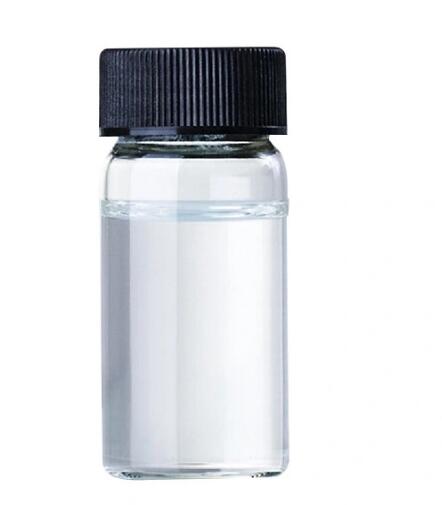
DEPC CAS:1609-47-8 Manufacturer Price
Diethyl pyrocarbonate (DEPC) is a chemical compound commonly used in molecular biology laboratories. It is a clear and colorless liquid that is highly reactive towards nucleophilic compounds such as amines and thiols.DEPC is primarily used to inactivate RNases (ribonucleases), enzymes that can degrade RNA, by modifying their active sites. It achieves this by reacting with histidine residues in the enzyme, which are essential for its activity. This makes DEPC a valuable tool in RNA-related experiments and ensures the preservation of RNA integrity.In addition to its RNase inactivating properties, DEPC can also modify other biomolecules, such as proteins and DNA, due to its reactivity with nucleophilic groups. Care should be taken when handling DEPC, as it is toxic and potentially mutagenic.
-
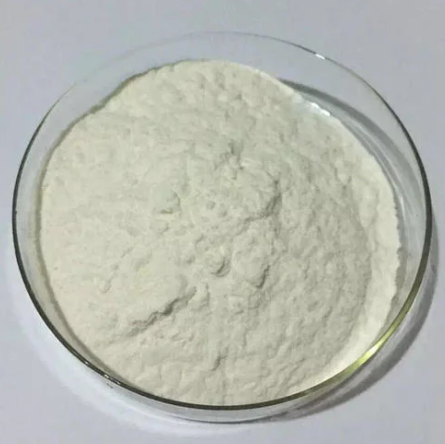
Sodium dodecylbenzenesulphonate CAS:25155-30-0
Sodium dodecylbenzenesulphonate (SDBS) is an anionic surfactant and detergent commonly used in various industries. It is known for its ability to lower the surface tension of liquids, making them easier to spread and enhancing their cleaning, foaming, and emulsifying properties. SDBS is used in household and industrial detergents, cleaning products, and as an emulsifier in different applications. It is also used in industrial processes, analytical chemistry, and research laboratories.
-

4-Fluoro-7-nitrobenzofurazan CAS:29270-56-2
4-Fluoro-7-nitrobenzofurazan is a chemical compound with the molecular formula C6H2FN3O3. It is a yellow crystalline solid that is primarily used as a reagent in various chemical reactions. 4-Fluoro-7-nitrobenzofurazan is known for its ability to react with primary amines, forming fluorescent derivatives that can be useful in analytical applications such as protein labeling and amino acid analysis. It is also used in studies related to enzyme kinetics and the determination of nucleic acid sequences.
-
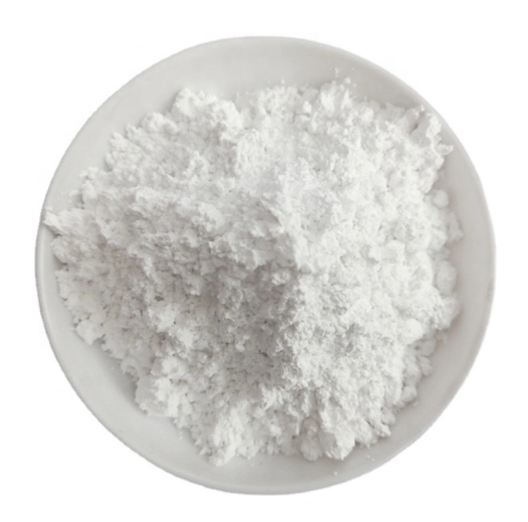
5-Bromo-4-chloro-3-indolyl-beta-D-glucuronide cyclohexylammonium salt CAS:18656-96-7
5-Bromo-4-chloro-3-indolyl-beta-D-glucuronide cyclohexylammonium salt, also known as X-glucuronide, is a chemical compound commonly used in molecular biology and enzymology experiments. It is a chromogenic substrate that is often utilized to detect the activity of the enzyme beta-D-glucuronidase.
The compound consists of an indole group coupled to a glucuronic acid moiety through a glycosidic bond. The bromo and chloro substituents provide stability and enhance the solubility of the compound.
When incubated with a sample containing beta-D-glucuronidase, the enzyme cleaves the glycosidic bond, releasing the indole moiety. This reaction results in the formation of a blue precipitate or color change, allowing for easy visual or spectrophotometric detection of the enzyme activity.
Due to its specificity for beta-D-glucuronidase, X-glucuronide is widely used in molecular biology techniques such as bacterial and yeast transformation assays, reporter gene assays, and histochemical staining. It provides a convenient and sensitive means to detect the presence or expression of beta-D-glucuronidase and is often employed in conjunction with other genetic or biochemical assays.
-

8-Anilino-1-naphthalenesulfonic acid CAS:82-76-8
8-Anilino-1-naphthalenesulfonic acid, also known as ANS, is a fluorescent dye commonly used in biochemical and biophysical research. It belongs to the class of organic compounds known as aniline-based sulfonic acids. ANS is known for its ability to bind to hydrophobic regions or exposed hydrophobic sites in proteins and other biomolecules.
ANS fluoresces when it is bound to hydrophobic regions, making it a useful probe for studying protein conformational changes, protein-protein interactions, and protein folding/unfolding processes. The binding of ANS to hydrophobic regions leads to a blue shift in the emission spectrum, which can be monitored using fluorescence spectroscopy.
ANS is often used in a variety of research techniques, including fluorescence polarization, fluorescence resonance energy transfer (FRET), and thermal stability assays. It has been utilized to study the structure and stability of proteins, protein-ligand interactions, and protein aggregation processes.
-
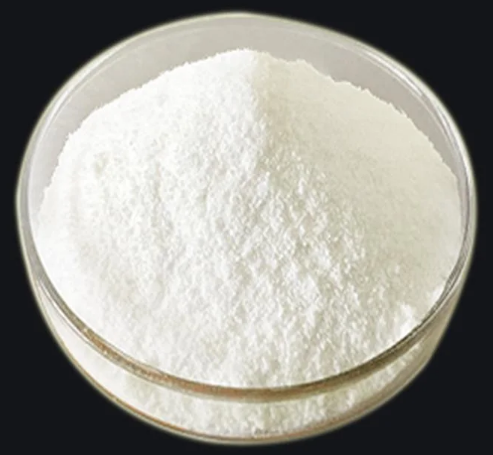
CHLOROPHENOLRED-BETA-D-GALACTOPYRANOSIDE, SODIUM SALT CAS:99792-50-4
CHLOROPHENOLRED-BETA-D-GALACTOPYRANOSIDE, SODIUM SALT is a chemical compound commonly used in laboratory experiments to detect the presence of enzymes that can break down lactose, such as beta-galactosidase. It is a colorless to pale yellow powder that turns red in the presence of these enzymes, making it a useful indicator for their activity. The sodium salt form of this compound improves its solubility in aqueous solutions, allowing for easy preparation and use in various enzymatic assays.
-
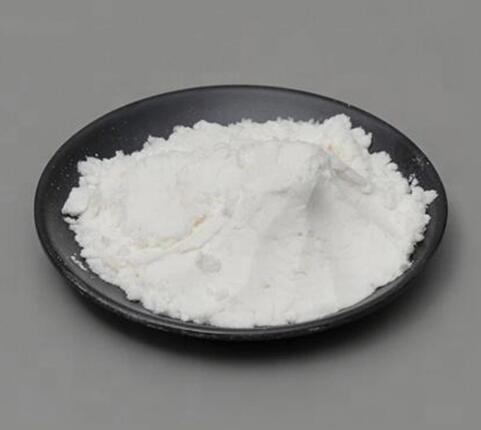
4-Dimethylaminobenzaldehyde CAS:100-10-7
4-Dimethylaminobenzaldehyde is an organic compound commonly used as a reagent in organic chemistry. It is a pale yellow liquid with a characteristic aroma. It contains a benzene ring with a dimethylamino group (-N(CH3)2) and an aldehyde group (-CHO) attached in a para position. This compound has diverse applications, including in the synthesis of pharmaceuticals, dyes, and other organic compounds. It is known for its ability to react with various functional groups, such as amines, alcohols, and thiols, making it useful in the formation of chemical bonds and the development of new molecules.
-

Glycocyamine CAS:352-97-6 Manufacturer Supplier
Glycocyamine(Guanidineacetic acid) is an energy enhancer, which can improve the body energy, especially high physical strength and long time Physical exercise, it show the good effect in improving athletic intensity. Just like creatine as but no the related side effects.Glycocyamine can be used as the intermediates of organic synthetic.
-
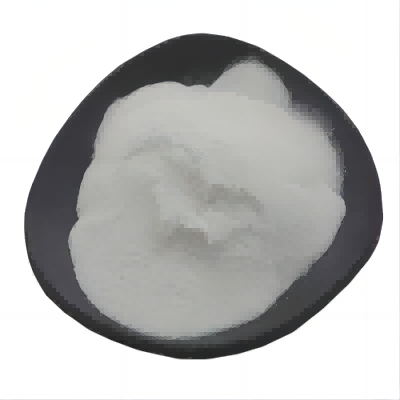
L-Ornithine Alpha-Ketoglutarate CAS:5191-97-9 Manufacturer Supplier
L-Ornithine Alpha Ketoglutarate is comprised of two molecules of Ornithine bound to one molecule of Alpha Ketoglutarate. Ornithine is a conditionally essential amino acid, meaning that in certain situations the body’s demand for Ornithine is greater than the supply. Alpha Ketoglutarate is a component of the Krebs Cycle.
-
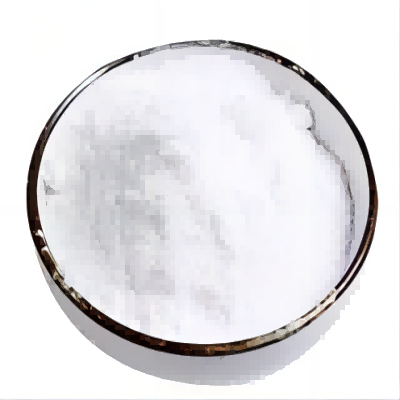
GABA (Gamma aminobutyric acid) CAS:56-12-2 Manufacturer Supplier
Gamma aminobutyric acid (GABA) is the chief inhibitory neurotransmitter in the mammalian central nervous system. It plays a role in regulating neuronal excitability throughout the nervous system. In humans, GABA is also directly responsible for the regulation of muscle tone. Although chemically it is an amino acid, GABA is rarely referred to as such in the scientific or medical communities, because the term “amino acid,” used without a qualifier, conventionally refers to the alpha amino acids, which GABA is not, nor is it ever incorporated into a protein.

